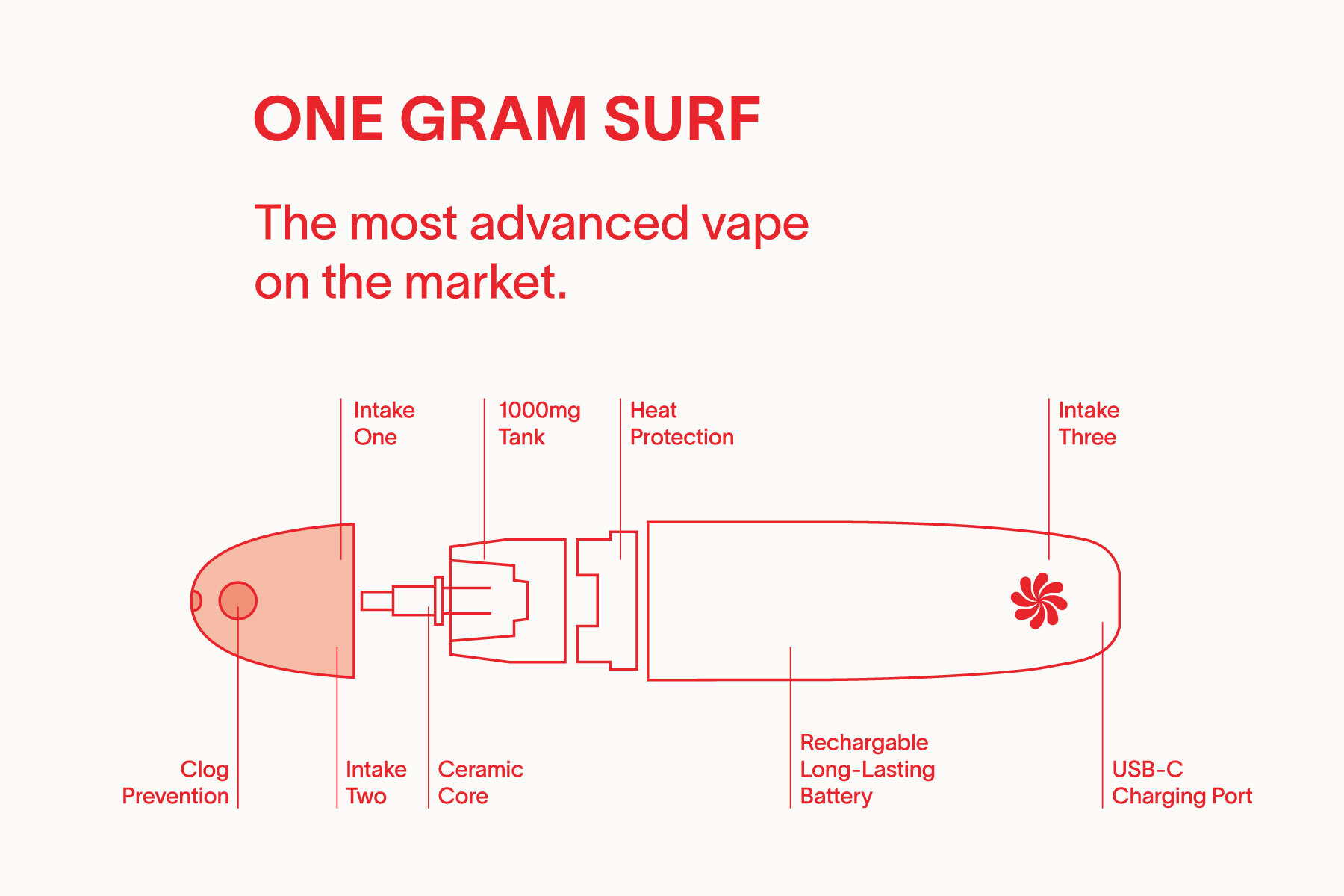On Friday, October 25th, the Center for Disease Control and Prevention (CDC) held a press briefing regarding their ongoing vape-related Lung Injury Investigation. As of October 31, 2019, the CDC has received reports of 1,888 lung injury cases associated with the use of e-cigarette or vaping products.
Here is what we know so far:
-Injury reports come from 49 states, the District of Columbia, and the U.S. Virgin Islands.
-37 deaths have been confirmed in 24 states.
-The median age for fatal cases was 53 years, compared with a median of 24 years for patients.
-About 1/4th of fatalities have occurred in people under 35 years of age. About 86% had a history of using e-cigarette or vaping products that contained THC.
-Around 11% reported exclusive use of nicotine-containing products.
-This more recent development of pulmonary illness seems to mostly involve the use of illicit products.
What the CDC is doing about it:
-CDC is collaborating with customs and border protection regarding potentially illicit vaping products at international mail facilities across the U.S. that receive mail from more than 180 countries.
-FDA has received or collected over 900 samples from 25 states, directly from consumers, hospitals, and state offices. All samples received are undergoing testing.
-Various federal agencies are funding prospective studies on all aspects of electronic nicotine delivery systems including how e-cigarettes products are designed and how products are being used. The studies aim to learn more about ingredients in the products including aerosol and levels of compounds in the aerosol as delivered and inhaled. Their laboratory has been standardizing some assays in order to be able to measure the components of aerosols.
Public Health Response:
- CDC’s Lung Injury response efforts are committed to:
- Identify and define the risk factors and the source for lung disease associated with e-cigarette product use, or vaping.
- Detect and track confirmed and probable cases in the US.
- Communicate actionable recommendations to state, local, and clinical audiences.
- Establish lab procedures that can assist with the public heath investigation and patient care.
Partnerships:
- CDC is working 24/7 to identify the cause or causes of this outbreak through partnerships with states and other federal agencies.
- CDC continues to work closely with FDA, states, public health partners, and clinicians on this investigation by providing consultation and technical assistance to states on communication, health alerts, public outreach, and surveillance.
- CDC has activated the Emergency Operations Center (EOC) to coordinate activities and provide assistance to states, public health partners and clinicians around the nation.
- CDC worked with states to create primary and out-of-hospital case definitions to classify confirmed and probable cases in a consistent way. States are in the process of classifying patients.
- We expect that states and clinicians may look back for past lung injury cases based on CDC’s case definition CDC will report numbers of confirmed and probable lung injury cases once states have finalized their classification of cases.
- By invitation, CDC has deployed Epidemic Intelligence Service (EIS) officers and other CDC staff to support states.
Media and Communication:
- CDC is maintaining an outbreak webpage with key messages and weekly updates on case counts, deaths, and resources.
- CDC is holding congressional briefings, media telebriefings, and regular calls with health departments, clinicians to provide timely updates.
Laboratory Testing:
- CDC is expanding the range of available laboratory testing.
- CDC is currently testing bronchoalveolar lavage (BAL) fluid samples, as well as blood or urine samples paired to BAL fluid samples.
- CDC is testing pathologic specimens, including lung biopsy or autopsy specimens, associated with patients.
- CDC is offering aerosol emission testing of case-associated product samples from e-cigarette, or vaping, products and e-liquids. Analysis of aerosol emissions will augment FDA’s ongoing work to characterize e-liquid and will improve our understanding of exposure among case-patients associated with the Lung Injury outbreak. CDC is coordinating e-cigarette, or vaping, product analysis with FDA.
- Results may provide insight into the nature of the chemical exposure(s) contributing to this outbreak.
- CDC developed guidance documents for were created to assist public health laboratories, healthcare providers, and pathologists, and others, with specimen collection, storage, and submission.
Recommendations:
CDC recommends that people should not:
-Buy any type of e-cigarette, or vaping products, particularly those containing THC, off the street.
-Modify or add any substances to e-cigarette, or vaping, products that are not intended by the manufacturer, including products purchased through retail establishments.
Conclusion thus far:
-At this time, FDA and CDC have not identified a single specific compound, substance, product or brand that is causing these lung injuries. And it may be that there is more than one cause of the lung injuries in this outbreak.
-Vitamin E acetate is showing up in roughly half of the cases where the person reported that they used a THC product. Still, there is no shortlist of harmful compounds.





